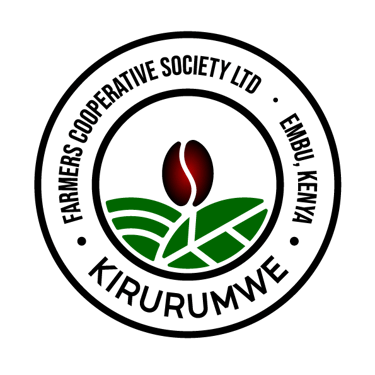Understanding Fish Amino Acids: Benefits, Preparation, and Usage
ECOFRIENDLY FARMING


Introduction
In Korean Natural Farming (KNF), Fish Amino Acid (FAA) is a star player—and here at Kirurumwe Farmers Cooperative Society, we’ve found new ways to make it work better for our local environment using not only fish or kuhol (golden apple snail), but also animal intestines (Matumbo )!
Let’s explore what FAA is, why it’s so effective, how to make it at home, and how to use it on your farm.
What are Fish Amino Acids?
FAA is a natural liquid fertilizer and animal feed supplement made by fermenting:
🐟 Fish parts (like intestines and gills)
🐌 Freshly crushed kuhol (golden apple snails)
🐄 animal intestines (Matumbo )
These are mixed with equal parts brown sugar and fermented to extract essential amino acids, natural nitrogen, and proteins.
The Benefits of Fish Amino Acids
Fish amino acids offer a plethora of benefits that make them a valuable addition to both agricultural practices and animal care. For plants, they are instrumental in nitrogen fixing, which helps in enhancing soil fertility. This process is crucial for sustaining healthy plant growth, especially in nutrient-depleted soils. Furthermore, these amino acids promote root development and overall resilience against environmental stressors.
For animals, fish amino acids serve as a superior protein source. They support muscle development, improve metabolism, and enhance overall health. Regularly incorporating fish amino acids into animal diets can lead to improved growth rates.
How to Prepare Fish Amino Acids
The preparation of fish amino acids is relatively straightforward and can be done at home using readily available materials. You can opt for either fish intestines and gills or crushed fresh kuhol (a type of freshwater snail) or animal intestines as your base product.
📌 Ingredients:
1 part (by weight) fish, kuhol, or animal intestines
1 part brown sugar
1 plastic container (not metal)
Clean paper or cloth cover
To make fish amino acids, follow these steps:
Measure one part (weight basis) of fish or kuhol or animal intestines.
Add one part of sugar to the mixture.
Transfer the ingredients into a plastic container and cover it with clean paper or cloth to allow breathing.
Stir the mixture daily to enhance liquid formation.
Allow the mixture to ferment for 15 days.
After the 15-day fermentation period, the juice can be harvested and stored in a half-sealed plastic container. This fish amino acid liquid can be incredibly useful in various applications.
How to Use Fish Amino Acids
To utilize the prepared fish amino acids, mix 2 tablespoons (30 ml) of the liquid with 10 liters of water. This solution can be applied in different ways:
As a foliar spray or soil drench: Use the diluted mixture to spray plants. This helps in promoting nutrient absorption directly through the leaves.
Animal hydration: Offer the diluted solution as drinking water for both large and small animals, providing them with additional protein and nutrients.
In conclusion, fish amino acids are an effective and sustainable solution for enhancing agricultural productivity and animal health. By understanding their benefits and preparing them correctly.
Conclusion
Fish Amino Acid (FAA) is a low-cost, high-impact solution for farmers who want to grow crops and raise animals organically and sustainably. Whether you're using fish, kuhol, or matumbo—you’re turning local resources into farming gold.
Let’s farm smart. Let’s farm naturally. 🌱
📣 Follow Kirurumwe Farmers Cooperative Society on Facebook, Instagram, on instagram; kfcs_embu_kenya or facebook; Kirurumwefcs Embu Coffee
Stay tuned for more natural farming tips and tutorials from the Kirurumwe Farmers Cooperative Society.
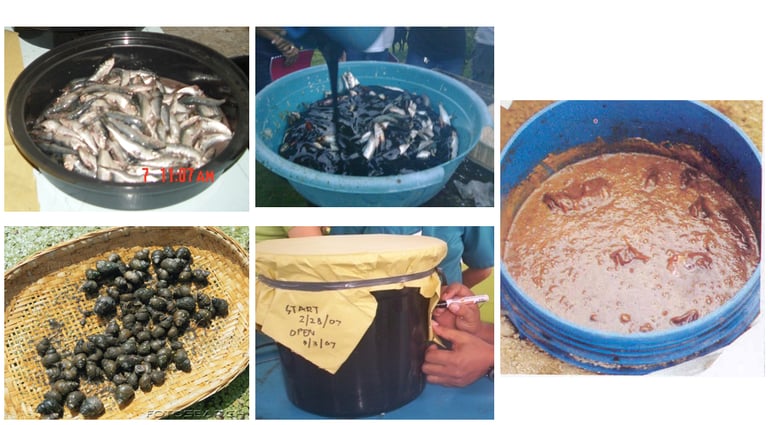

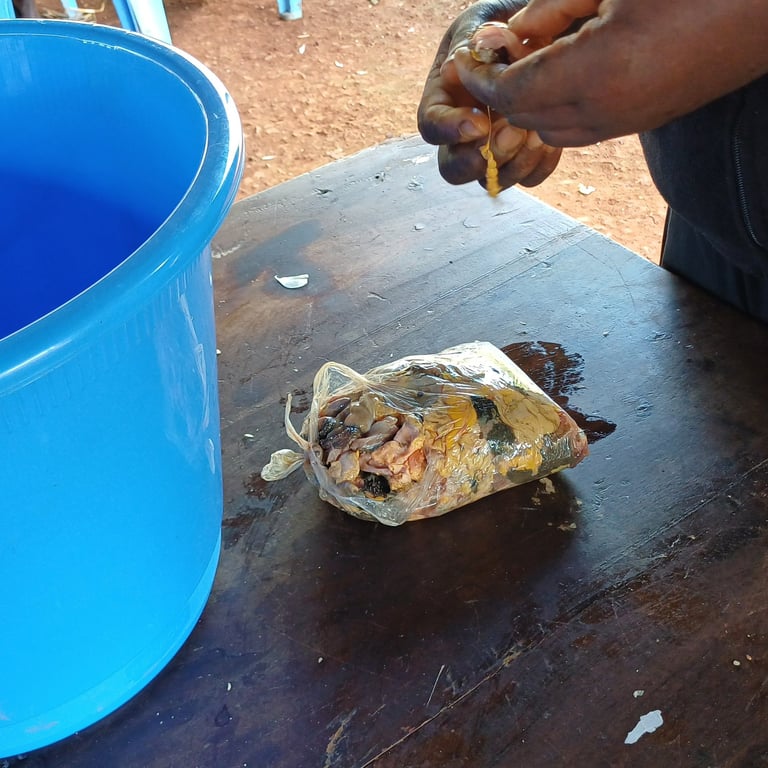
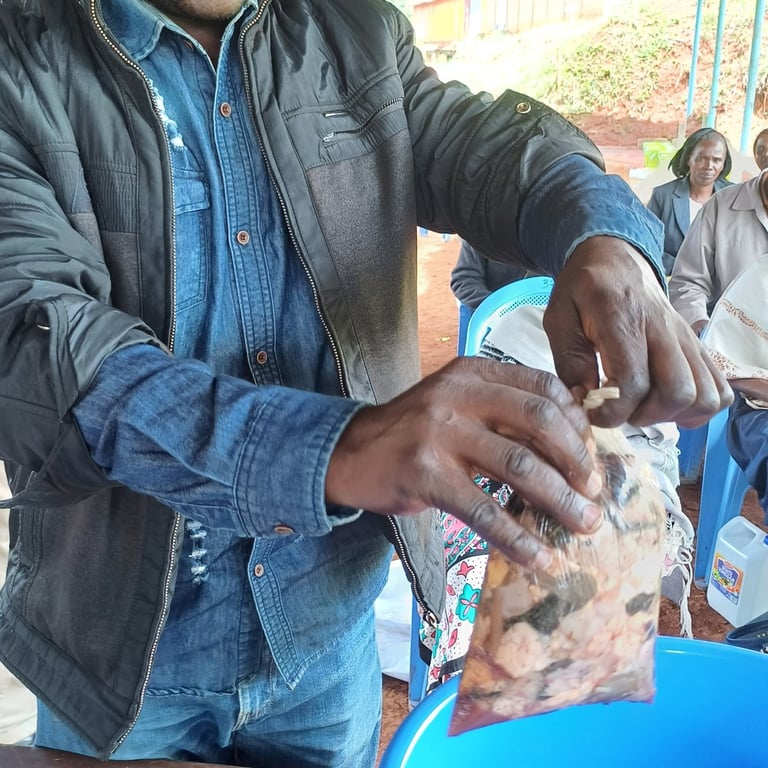
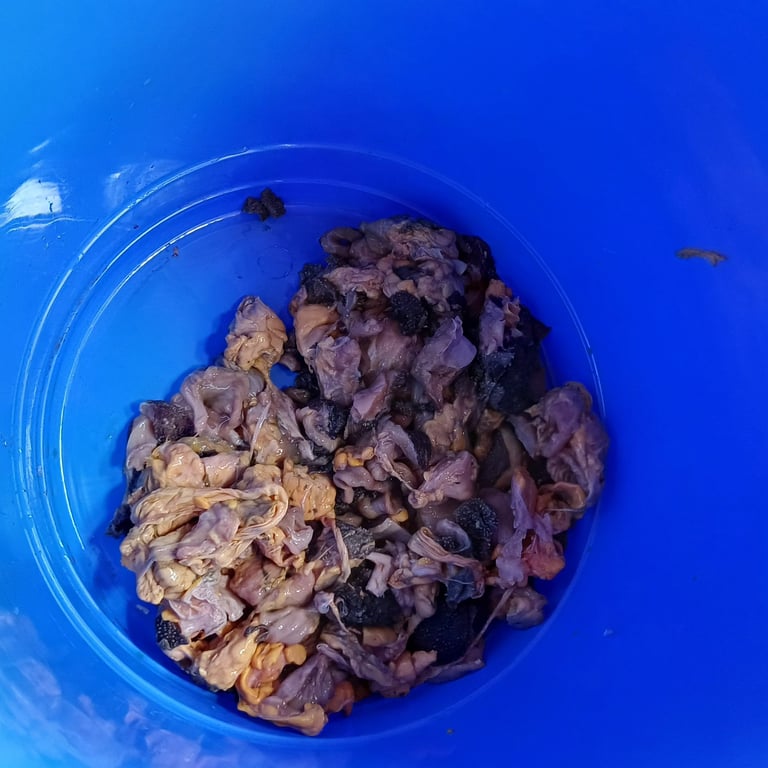
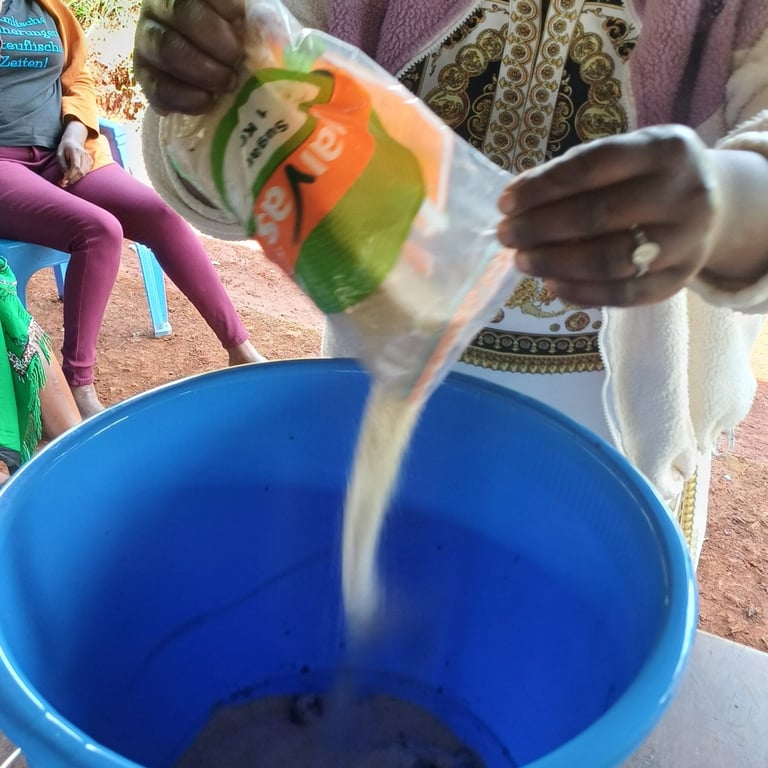
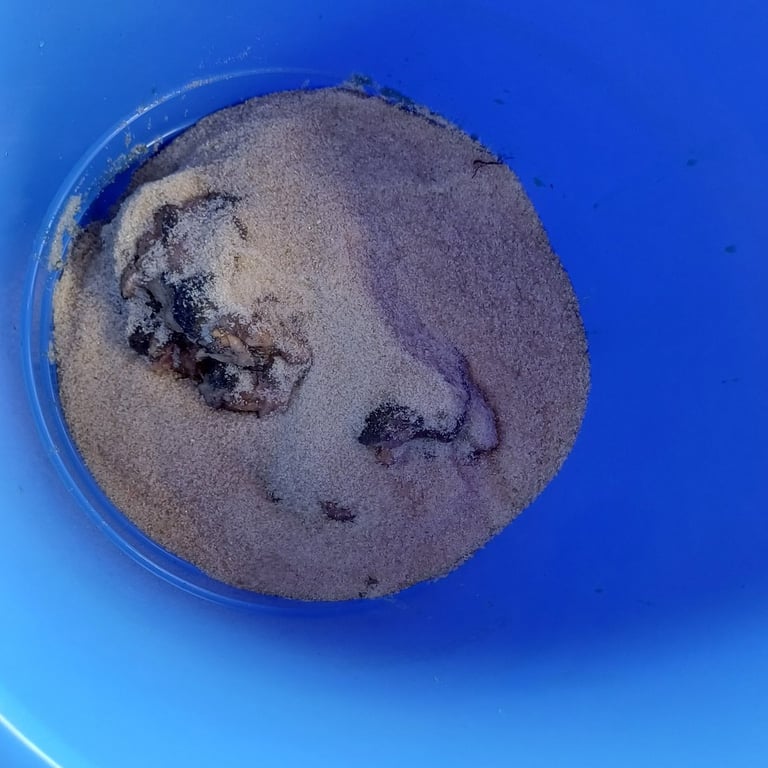
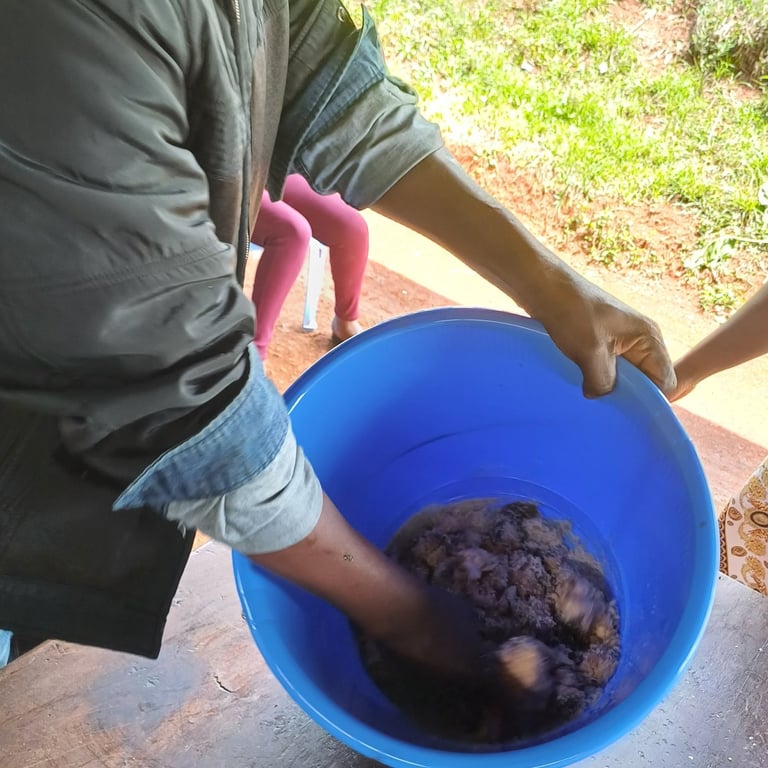
Natural Farming with FAA
"Feeding Soils, Nourishing Livestock, Empowering Farmers – The Organic Way to Stronger Crops and Sustainable Agriculture"
